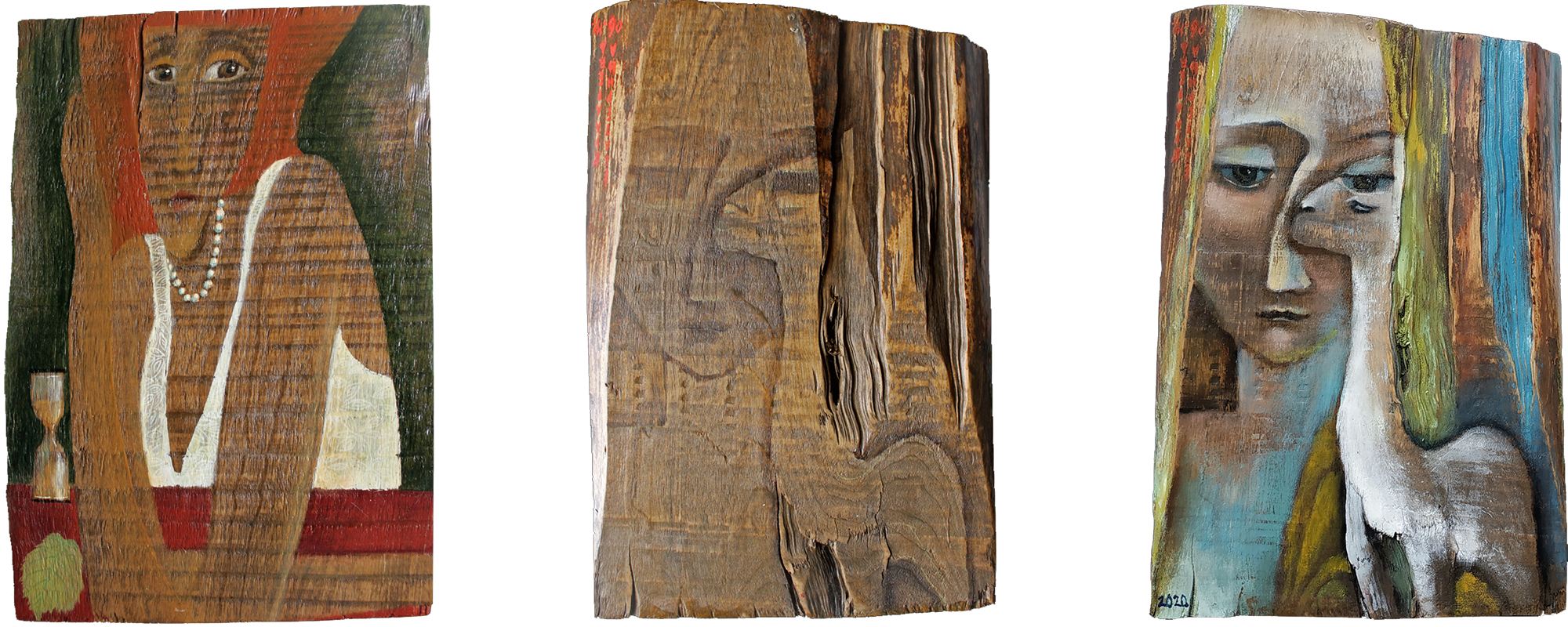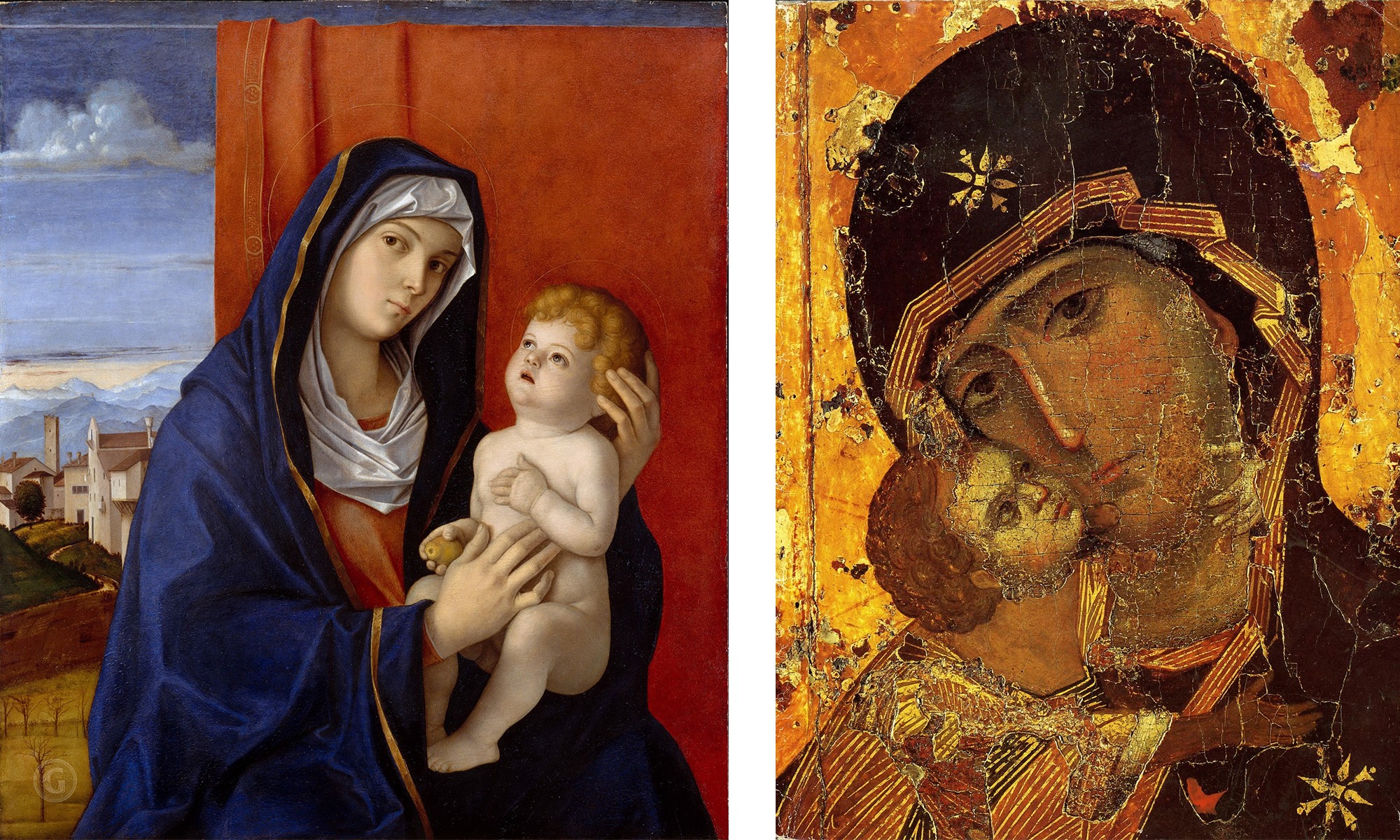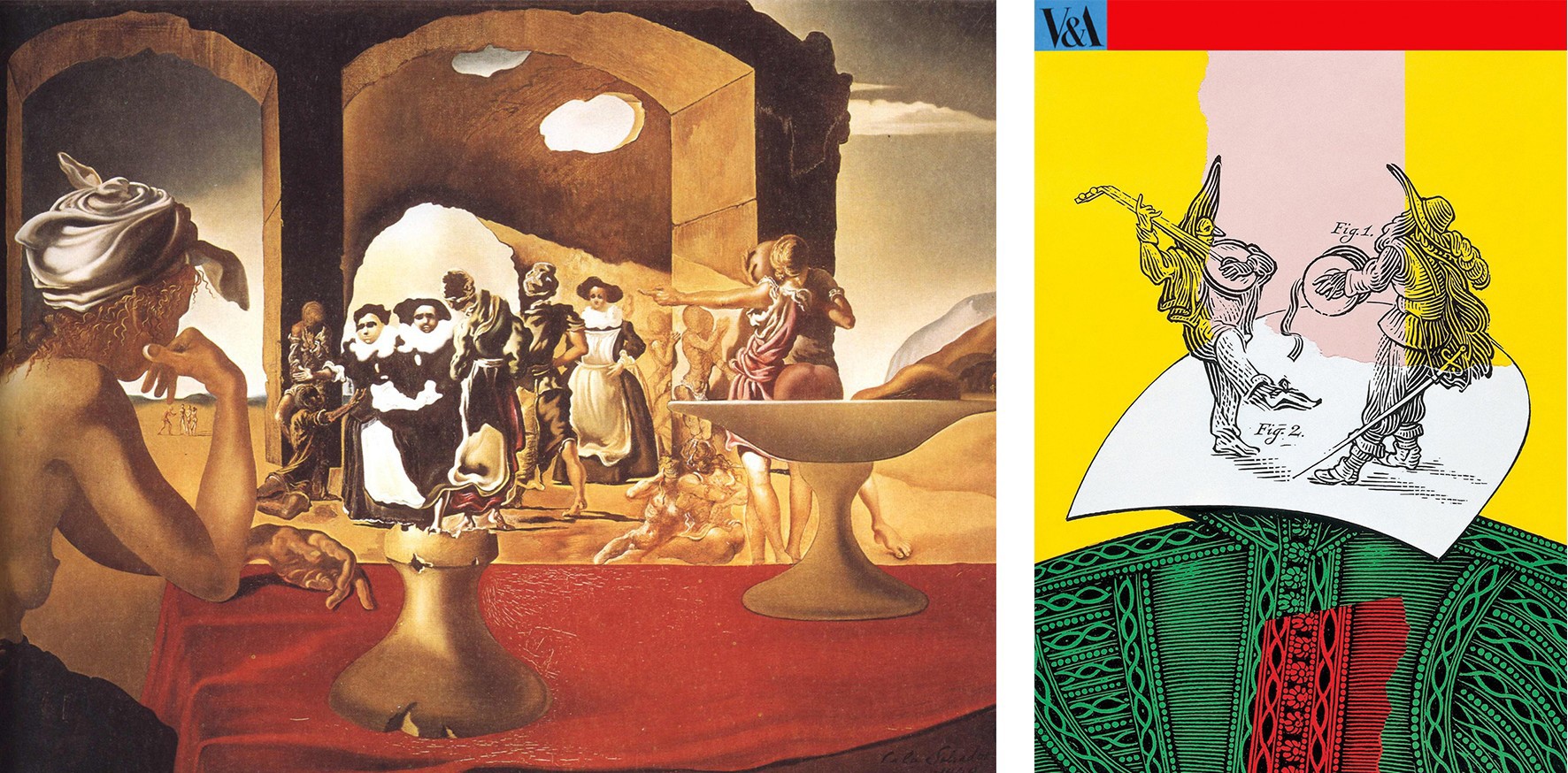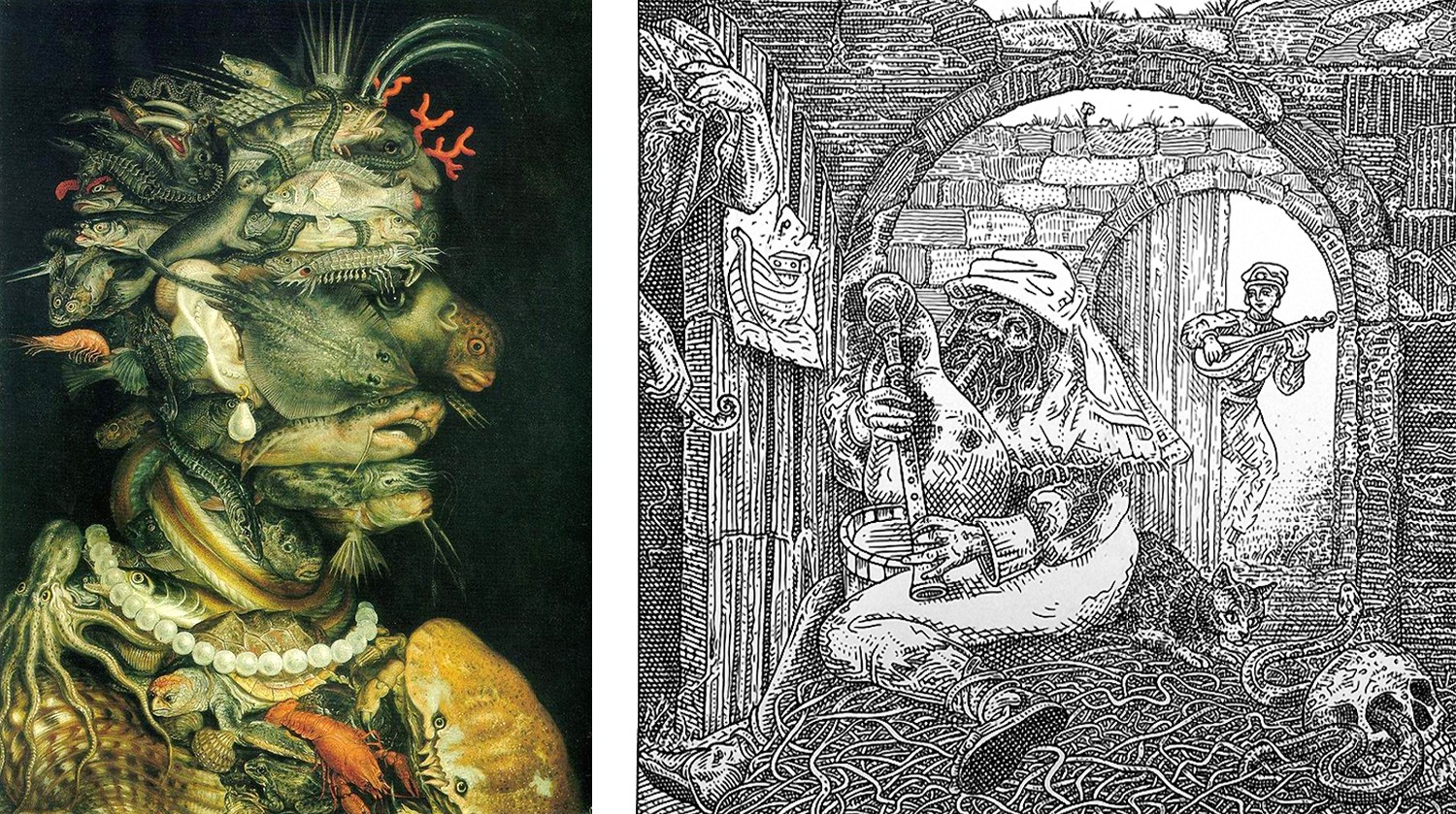About the author
The work of the artist and designer Ekaterina Kukhareva is diverse. She works with different materials, creating paintings on canvas, paper, from colored sheep's wool, but her favorite technique is painting on boards. She got interested in this material back in the late 1990s.
It all started prosaically - from limited funds for the purchase of art materials during his student years.
Studying at the Faculty of Applied Arts of the Moscow Textile Academy. A. N. Kosygina, which she graduated with honors, Ekaterina painted mainly in tempera and watercolors, and began to work in oils in her free time. The first oil paints went to Catherine from her mother, who had artistic abilities, but was not professionally engaged in painting.
The aspiring artist worked in her parents' country house, which had not yet been completed. Therefore, there were a lot of scraps of boards and plywood, which Catherine first used as palettes, but then one day she decided that she did not want to spend the family's money on canvas and primed cardboard. "Why, when there are so many free boards around that no one needs anymore?" - says the author. This is how it all started.
The artist experimented with wood and after a few years came to the author's technique, which consists in a certain sequence of stages of work so that the picture looks vintage, worn, but at the same time the paint and varnish were well fixed. Over time, Ekaterina moved from small-format works to larger ones. The artist uses pine, birch, eucalyptus, ash and other species that he can find in his work.
But the most important thing that distinguishes Catherine's work from the work of other artists who write on blackboards is that she uses such a psychological phenomenon as pareidolia at the beginning of her work. Pareidolia is a kind of visual illusion, when the details of inanimate objects are transformed in our imagination into images of people, animals, figures, landscapes. In the drawing of wallpaper, on a cut of stone or wood, in the form of clouds or rocks, in the details of buildings or cars - everywhere you can see how the manifestation of pareidolia is different faces and figures. This feature of our visual perception is often used by street artists, inscribing their characters in the urban environment, using fragments of buildings and details of engineering structures as part of their image, while filling it with meaning.
When Catherine starts work, she first prepares the board: she polishes, impregnates with special compounds, and then decides on which side of the board she will work.
The artist's works are often symbolic and not always written from life. One of the characteristic techniques in Ekaterina Kukhareva's painting is to leave a part of the board not covered with paint or wipe it down to the bottom layer of paint or to the tree itself. This gives the work a special charm.
Among the artist's paintings there are also two-sided works, which makes them especially interesting. Also, one of the features of the artist's work is that she often writes on the sides of the board. Her paintings do not need to be framed; they can not only be mounted on the wall, but also placed on shelves and furniture.
“Those who revolutionized art are certainly great people. Many of them are my compatriots, famous all over the world, of which I am especially proud. I do not pretend to “say a new word in art”, but I think that my direction is interesting because each work is unique and inimitable, because the soul of this tree speaks in it. One hundred different artists can paint on a standard format canvas. Then you can make copies of these pictures. And it is impossible to copy my paintings, since the second such board simply no longer exists in nature. The wood base itself is unique. Canvas is not a unique basis, ”concludes Ekaterina.
Planks were one of the earliest foundations for artists until the spread of free-spanning canvas in the 17th century. But that was exactly the foundation. The boards were carefully selected so that there were no defects, cracks, knots. For Catherine, the presence of cracks, holes, traces of bark beetle, scratches on the boards is valuable. This is the real, true story of the tree. In addition, the tree has its own special smell, energy, it is pleasant to touch it. It is warm, which cannot be said about the canvas. Therefore, the artist's paintings are perceived best when you take them in your hands.
Currently, the artist continues to experiment with wood and other materials. There are plans for projects in the field of integral art.
"I have always liked the forests of Russia," - Ekaterina admitted, - " so I prefer wood as a material and planks as a woodworking product. Slabs retain the warmth, soul and energy of a living tree. Look at my works and you will see what came out of our dialogue with them".

Well, it's time to talk about one of my favorite works. The painting is called " Thinking about...". It shows a woman sitting at a table with nothing on it but an hourglass and a leaf from a tree. Her gaze is somewhat unfocused, which happens when people are lost in themselves. She is waiting for someone or just sat down to rest. You can make up a whole story. To think that could be due to the fact these items on the table. I admit, honestly – I don't know what they are doing there or why she needed them. I just wanted to put them in the picture. Intuition. This is something that I also often use in my work, when pareidolia no longer works, but the rules of art begin to apply, the most important of which is composition.
So at the time when I created this picture, for some reason I chose the smooth side of the Board. This was in 2014, as indicated by the date on the picture. And recently, in the summer of 2020, while in quarantine in the midst of a pandemic, I was sorting through my boards, making a catalog, and noticed that the reverse side of this Board is also very interesting, because even without paint, it clearly reads the face of a woman and an animal like a camel or a llama. You will see this when you look at the photos before and after.
So I decided to paint the picture on the second side of the Board. She was born very quickly, just in a couple of hours. I'm even embarrassed to talk about it). Of course, I had to wait for the paint to dry, wipe the paint with sandpaper in those places where it was necessary for me in accordance with my method, then cover it with varnish and wait for it to dry. So it was only two weeks before it was finally ready. I usually write several works in parallel, so I don't waste time waiting for them to dry. And now I have a two-sided picture that I love very much. I would be happy if it fell into the hands of people who would appreciate the advantage of such an interior item. After all, it can be easily rearranged and turned depending on your mood and interior colors. But most importantly, it is like all my paintings, written in collaboration with nature. Its energy, its smell, the feeling when you take it in your hands – all this warmth I would like to convey to real connoisseurs. We are waiting for You)
01/08/2020

 Fayum portraits
Fayum portraits
1. Giovanni Bellini - Madonna and Child. 2. Vladimir Icon of the Mother of God
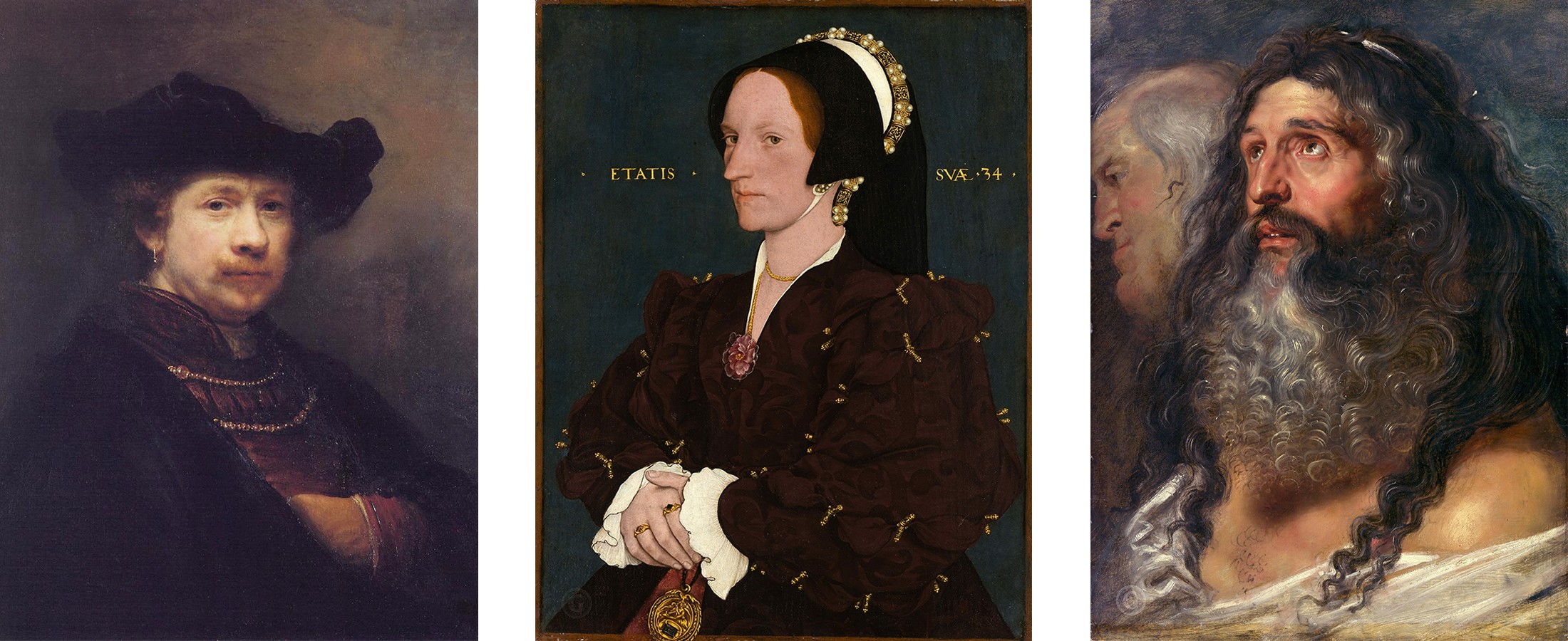 Oil on wood. From left to right: 1. Self-portrait with a flat hat. Rembrandt Harmenszoon van Rijn. 2. Hans Holbein the Younger. Lady Lee. 3. Peter Paul Rubens. Two heads (sketch)
Oil on wood. From left to right: 1. Self-portrait with a flat hat. Rembrandt Harmenszoon van Rijn. 2. Hans Holbein the Younger. Lady Lee. 3. Peter Paul Rubens. Two heads (sketch)
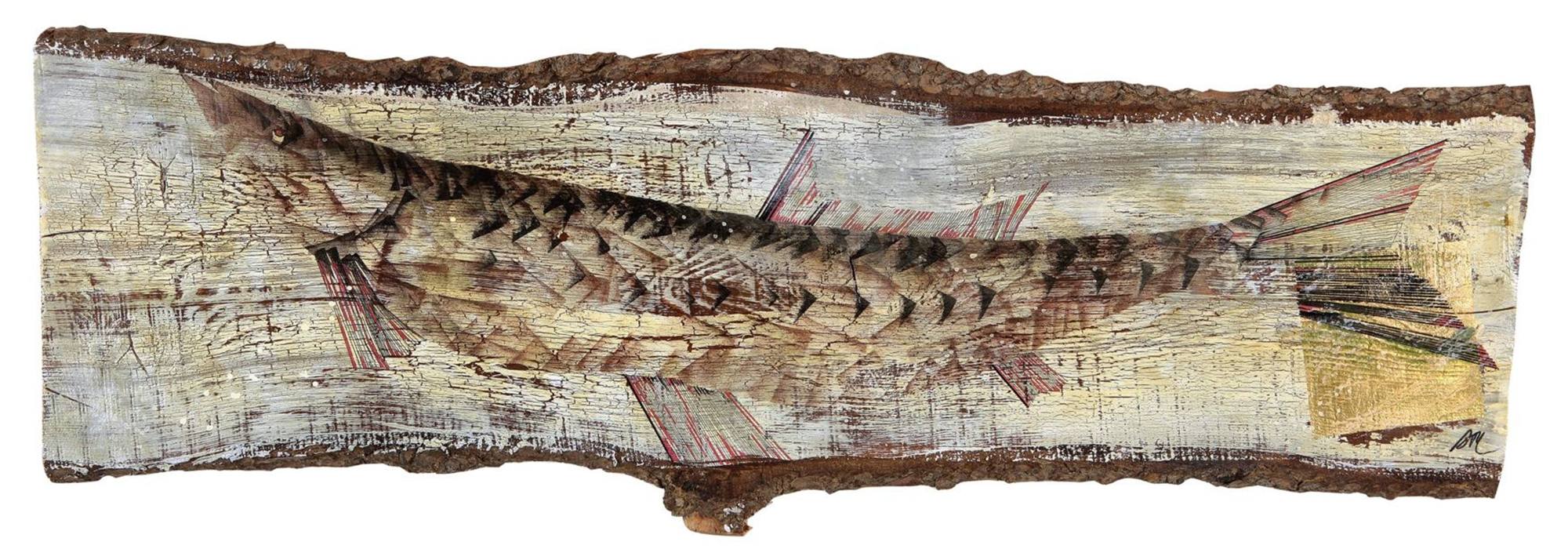 Author: Andrey Makarevich.
Author: Andrey Makarevich.

23/07/2020

I think readers will be interested to know how the creative process in my Studio works. It would seem that there is nothing new to learn and learn for yourself, when only a lazy person has not moved into artists or designers, does not shout about their achievements in the network, and even undertakes to teach others. Most likely, what I do is done by other people in other parts of the world. And they work exactly the same way. But no matter how much I searched for information about it, I didn't find it. Therefore, I flatter myself with the hope that my experience will still be useful to someone.
So let's get started. What distinguishes my work from that of other artists who write on boards? The fact is that I use at the beginning of the work such a psychological phenomenon as pareidolia. Pareidolia is a type of visual illusion, when the details of inanimate objects are transformed in our imagination into images of people, animals, figures, and landscapes. In the drawing of Wallpaper, on a slice of stone or wood, in the form of clouds or rocks, in the details of buildings or cars-everywhere you can see different faces and figures as a manifestation of pareidolia.
People are "programmed" to recognize faces from birth. The ability to recognize faces at a distance or in poor visibility was an essential survival trait. In the course of evolution, humans developed a mechanism that allowed them to read a person's gender, emotions, and other characteristics at a glance. Interestingly, pareidolia is also characteristic of some species of monkeys. They take longer to look at faces than other objects. After this, the apes ' ability to draw is not very surprising.
The emergence of art is unthinkable without the ability to see images of people, animals and various objects in colorful spots and three-dimensional bodies (stones, pieces of wood, etc.), i.e. without pareidolia. But few artists are aware of this, and even few people know the word itself. There is an opinion that not only the emergence, but also the daily existence of art is based on pareidolia. We are so built that we have a whole visual perception - our brain tries to generalize all visual information and gather together disparate elements, visually combine them if they are close. This is the basis for the work of many modern artists who work in the genre of optical illusion. This is mainly reflected in the work of photographers - it is much easier and faster to take a picture than to draw a drawing. However, there are artists who purposefully create in this direction.
Salvador Dali / Istvan Orosz
Even Leonardo da Vinci wrote about the phenomenon of pareidolia as an artistic device, when you can see entire scenes in the spots and masonry of any wall. Widely known paintings by the Italian artist Giuseppe Arcimboldo of the XVI century, where portraits of people arise from still lifes - various objects, plants and animals. Among modern artists, we can mention the Hungarian graphic artist Istvan Orosz, who created a series of prints with medieval household scenes. At the same time, each engraving clearly shows the image of a human skull.
Giuseppe Arcimboldo / Istvan Orosz
This feature of our visual perception is also often used by street artists, who fit their characters into the urban environment, using fragments of buildings and details of engineering structures as part of their image, while filling it with meaning:
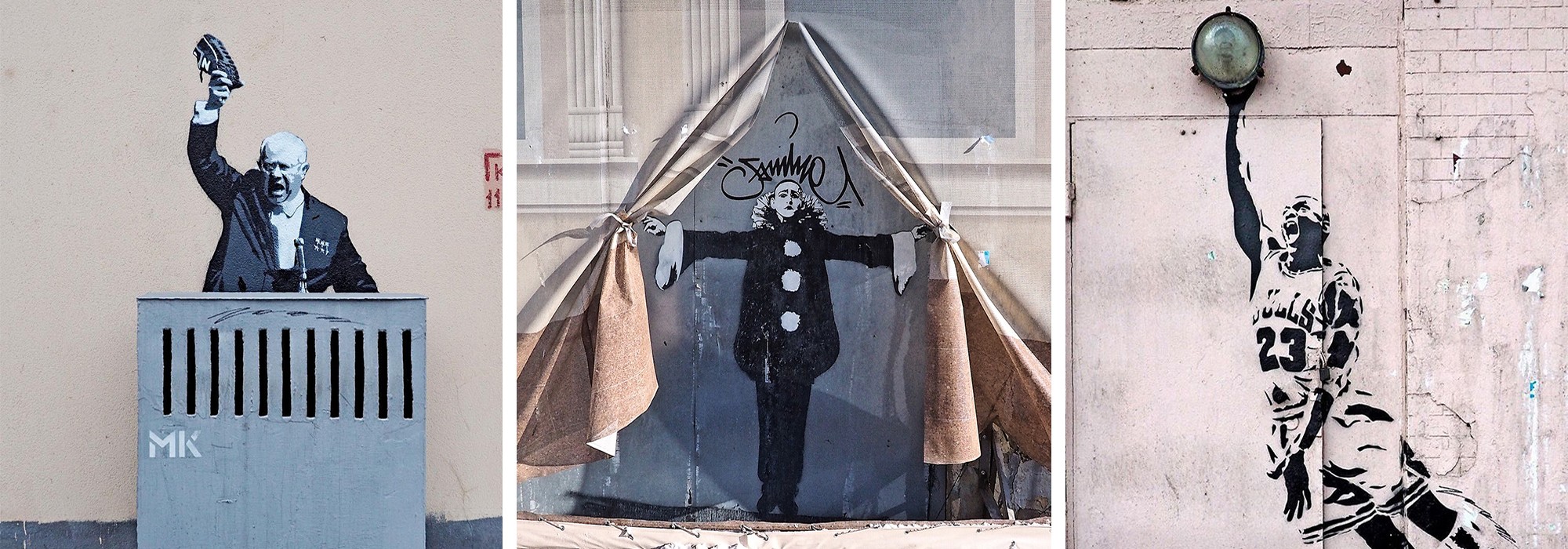 @zoomstreetart
@zoomstreetart
And this is an insanely interesting activity-to search and find in the surrounding inanimate objects something anthropomorphic or zoomorphic, and on various textural surfaces-the outlines of landscapes, figures and objects. And how to treat what you see – as a sign from above, as a figment of imagination or as a game of the mind – is everyone's business. Most often, people have fun this way. I benefit from this phenomenon, as do some other artists. The only difference between their work and mine is that they themselves create these illusions on their canvases, subordinating fragments of the image to their idea. I start from the images that are born in my imagination when I look at the Board and its natural drawing. There are not very interesting, ordinary striped boards, and only on these I allow myself free treatment of the basis. But more often I get into the hands of such that the question of finding the plot of the picture disappears altogether.
The artist will never ask the canvas: “What should I write on you?” But I work differently. My boards are my co-authors. In their natural lines, sections of knots and cracks, I try to guess the plot, see the character-the tree tells me all this. We have an imaginary dialogue going on.I like old wooden boards. The more stories they have, the more interesting it is to interact with them. I have several works written on boards that are more than 250 years old and that I found in the ruins of one of the outbuildings of an abandoned old manor house of the 18th century. Even the old nails stick out in these boards. I decided to leave them, especially since it would not be easy to get them out.
There was never a time when the plank didn't give me an idea. Next, I begin to highlight the color and tone of the images that I saw on the surface of the Board, so that they also become obvious to the viewer. Then the plot of the picture begins to develop, become more complex and filled with details that reveal the idea.
I will tell you more about specific works and the history of their creation in the following blog articles. Come by sometime. I will wait). In the meantime, I share a few more works by various artists who also use the phenomenon of pareidolia in their work. For example, below you will see how the image of Salvador Dali, who most often created illusions in his works, became a source of inspiration for the paintings of modern authors:
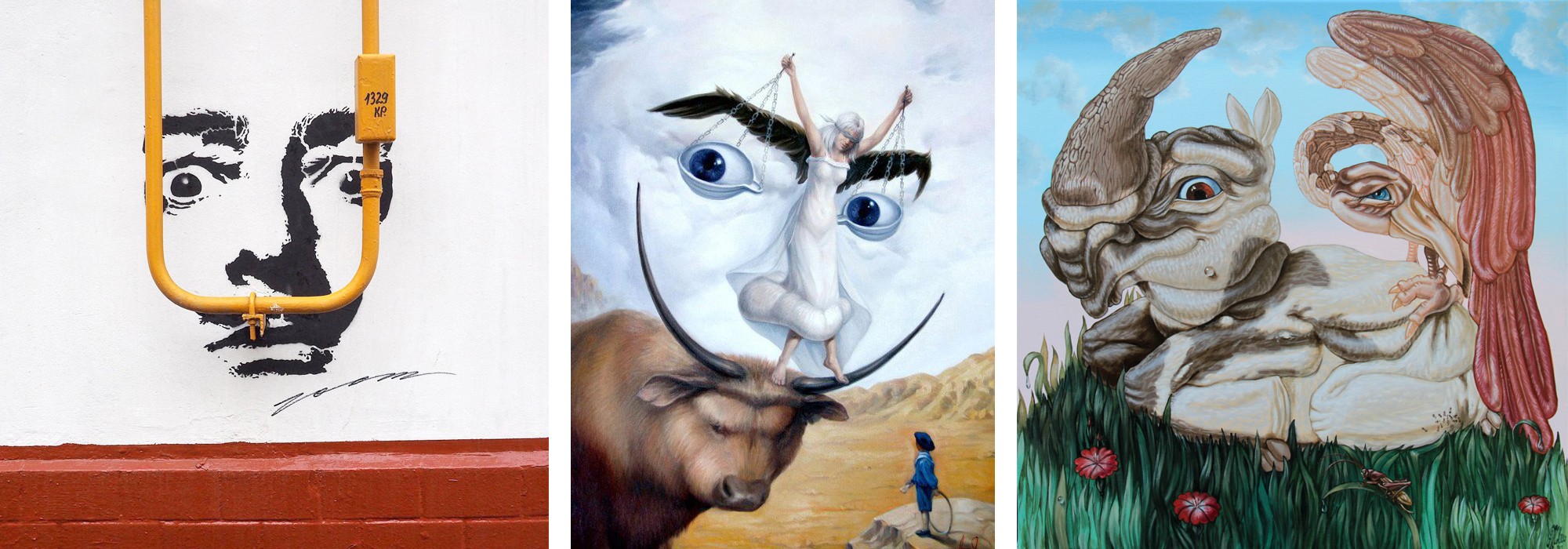 @zoomstreetart / Artush Voskanyan / Victor Molev
@zoomstreetart / Artush Voskanyan / Victor Molev

23/07/2020

